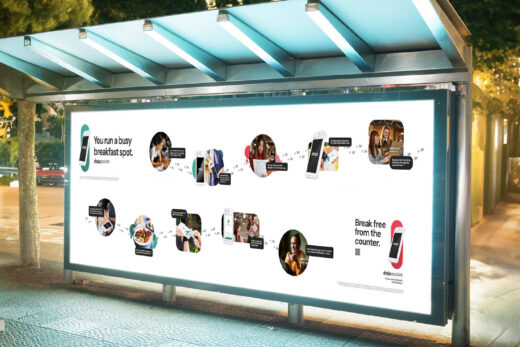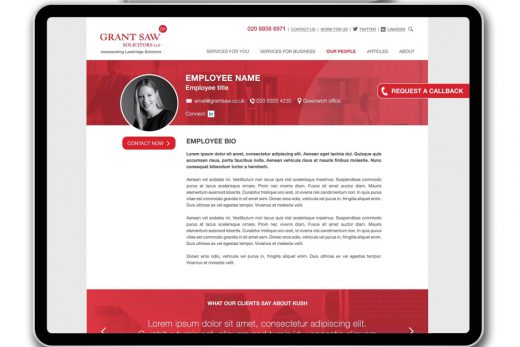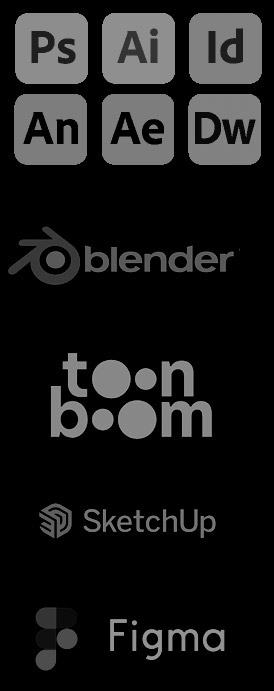Animation has become an integral part of our daily lives, from the movies we watch to the advertisements we see. It is a powerful tool that can capture our attention and deliver a message in a visually appealing way. But behind every animation is a team of skilled professionals who work tirelessly to bring the characters and scenes to life. One key and important aspect of animation production is the effective use of keyframes. In this article, we will delve into the details of keyframes and how they can enhance the quality and efficiency of animation production.
Keyframes are crucial elements in the animation process as they mark significant changes in the movement or appearance of an object or character. They serve as the building blocks of an animation, allowing the animator to control the timing, speed, and movement of the various elements in a scene. In simpler terms, keyframes are like the key points on a timeline that define the motion and appearance of an object or character at a specific moment in time.
The first step in using keyframes effectively is understanding the concept of animation timing. Timing refers to the speed and rhythm at which an object or character moves or changes in an animation. It is crucial to get the timing right to create a believable and engaging animation. Keyframes play a significant role in timing as they determine the pace at which an object or character moves and how long it stays in a particular position. To achieve a smooth and natural-looking animation, the animator must carefully place keyframes at the right moments in the timeline.
Another crucial aspect of effective keyframe usage is the concept of easing. Easing is the gradual acceleration or deceleration of an object or character’s movement between keyframes. It adds a sense of weight and realism to the animation, making it more visually appealing. Without easing, an animation can look robotic and unnatural. Therefore, it is essential to use easing in keyframes to create a smooth and fluid movement.
One pro tip for using keyframes effectively is to plan and sketch out the animation beforehand. This allows the animator to have a clear idea of the movement and timing required for each keyframe. It also helps in identifying the key poses that will be needed to create a believable animation. Planning also allows the animator to visualize the flow of the animation, making it easier to place keyframes in the right positions.
Another important aspect of keyframe usage is the concept of spacing. Spacing refers to the distance between keyframes on the timeline. It is crucial to maintain consistent spacing between keyframes to achieve a smooth and natural-looking animation. Inconsistent spacing can result in jerky and unrealistic movement. A general rule of thumb is to have more spacing between keyframes for slower movements and less spacing for faster movements.
Additionally, using keyframes effectively also involves utilizing the principles of animation. These principles, such as squash and stretch, anticipation, and follow-through, add depth and realism to an animation. By incorporating these principles in keyframe placement, an animator can take their animation to the next level.
In conclusion, keyframes are vital elements in animation production, and using them effectively can greatly enhance the quality and efficiency of the final product. Understanding the concept of timing, easing, and spacing, as well as planning and incorporating the principles of animation, are key factors in using keyframes effectively. So, the next time you watch an animation, pay attention to the keyframes and appreciate the hard work and skill that goes into creating a seamless and engaging animation.


































